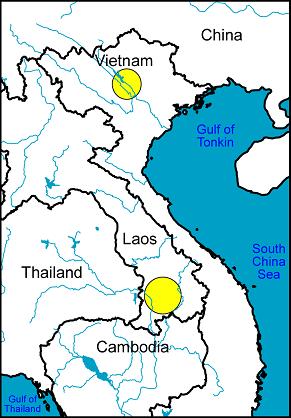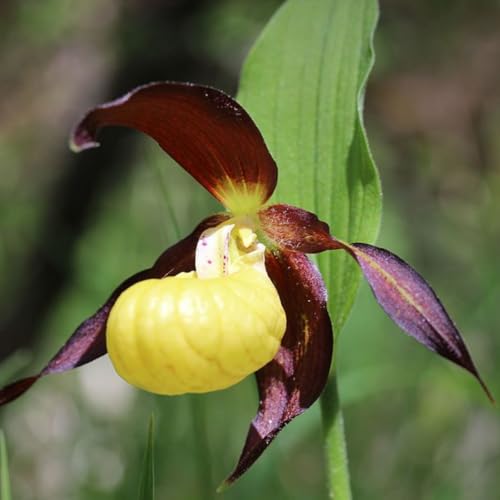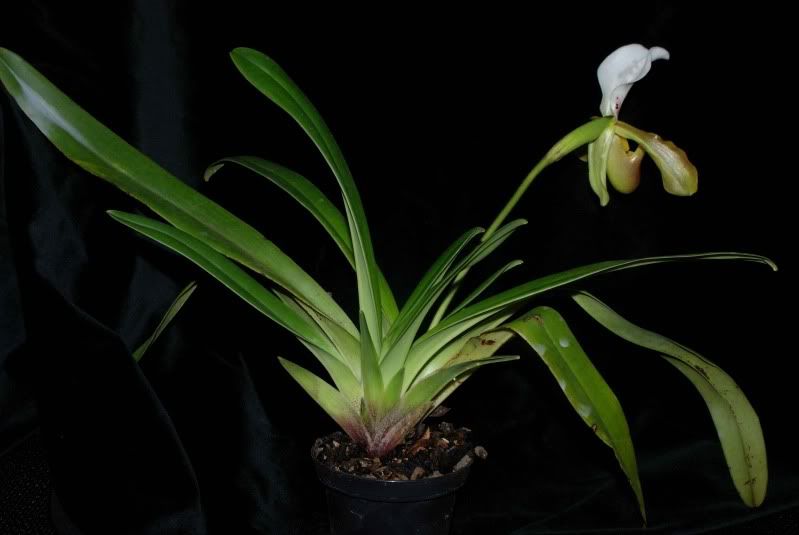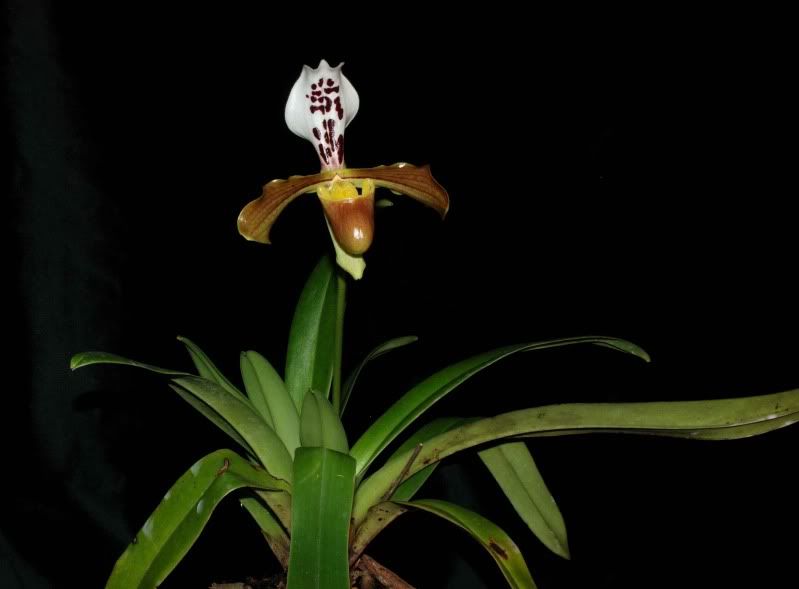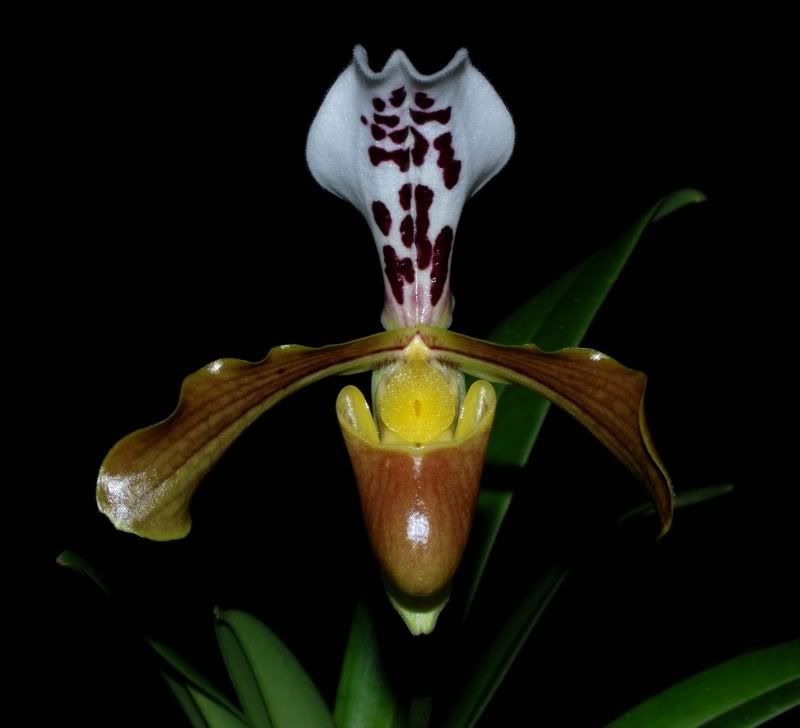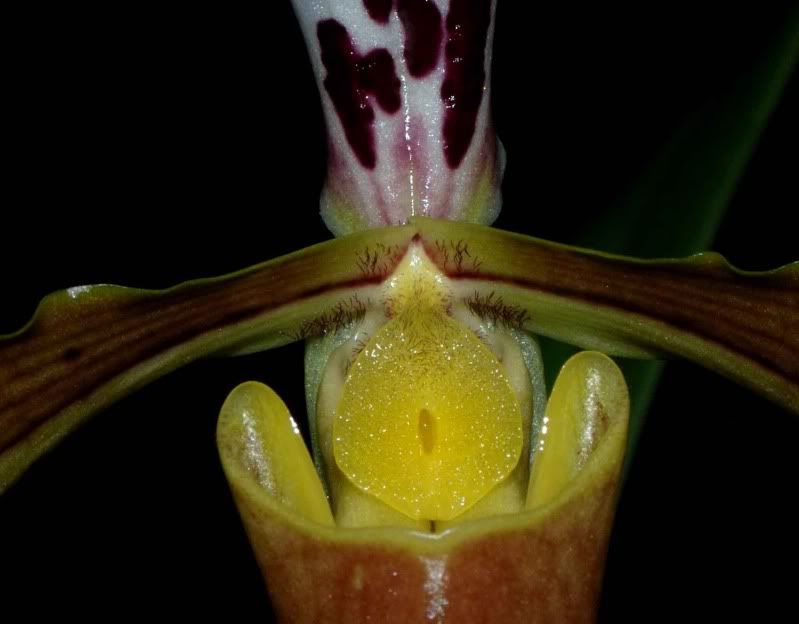Sirius
Plant Nerd
- Joined
- Jan 28, 2008
- Messages
- 476
- Reaction score
- 0
Do I at least have the mechanics of evolution straight in my confused brain? At some point in time these plants all looked similar, but over time due to ever increasing isolation from each other, and other variables, they all took on their own set of characteristics.
Is that why you can find plants labeled villosum, exul, gratrixianum etc. that overlap each other and share characteristics from each other even though they may be separated geographically and can't physically cross breed any more?
On top of that, man brought these plants into cultivation without protecting the true source plants, and interbred them at some point in the past thinking they were pretty much the same plant, muddying up the waters even more.
I may not be able to satisfy the control freak in me by figuring out what "true" gratrixianum is, but I can at least understand why the classification of these plants is so messed up.
Is that why you can find plants labeled villosum, exul, gratrixianum etc. that overlap each other and share characteristics from each other even though they may be separated geographically and can't physically cross breed any more?
On top of that, man brought these plants into cultivation without protecting the true source plants, and interbred them at some point in the past thinking they were pretty much the same plant, muddying up the waters even more.
I may not be able to satisfy the control freak in me by figuring out what "true" gratrixianum is, but I can at least understand why the classification of these plants is so messed up.





